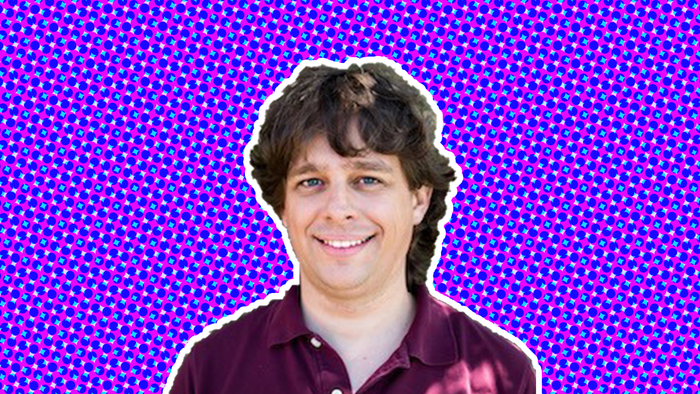Speaking at Comic-Con, Pandemic's The Saboteur leads Tom French and Christopher Hunt discussed their attempts to make a game set during World War II -- without fitting into the typical WWII game mold.

Speaking on a panel at Comic-Con International San Diego 2009, The Saboteur lead designer Tom French and art director Christopher Hunt of Pandemic discussed the process of making a game set during World War II, without fitting into the typical mold of World War II games. "You could hear people's eyes rolling in their heads -- there are so many World War II games," said French, recalling the Pandemic developers' reactions when the studio's founder proposed the concept of a World War II action game starring a race car driver. And so when the team began to formulate The Saboteur's concepts in more detail, they outlined some concepts that would set it apart from other games set during the same conflict -- to a large degree, its protagonist and its locale. The Non-Nameless Hero Chief amongst that list was creating a "non-nameless hero," French said. The character of Sean Devlin is inspired by William Grover-Williams, a French-English Bugatti race car driver who became an agent for Britain's Special Operations Executive and was eventually captured and killed by the Nazis. "We wanted somebody who was classically cool and who could drive a sports car, someone who could fight the Nazis but wasn't a soldier, somebody who could get his ass beat and still laugh it off," explained French, showing photographs of Steve McQueen, Harrison Ford, and Bruce Willis. Various character revisions were created and discarded, with the team unable to find the right image -- and so they started over first assembling the hero's clothing before they worried about designing a face. Going straight to the specific elements of period clothing that their intended hero would wear led to a clearer idea of the hero himself. As Hunt described, the actual face of Devlin came out of the blue -- "I was at a covention for concept artists, and lo and behold I see this guy. This was exactly the guy we were looking for. Even just walking around and talking to people, he was perfect," Hunt said. The team obtained permission to recreate his likeness, and the character was born. The City of Lights Also crucial to the game's identity was its setting of wartime Paris. The team took trips to the city to document its unique character and feel -- Hunt was shocked at the presence of phenomena like eight-way intersections, nearly unheard of in American cities -- but also found that its vibrant image was at odds with the realities of war and Nazi occuptation. "French culture is very cosmopolitan and multicultural. It has traditionally been an inclusionary culture. People go to Paris to see beautiful things," said Hunt. "But on the flip side, you have the Nazis, a very stalwart, monolithic culture. Everything is symmetrical, everything is rigidly defined, and they are practicing cultural exclusion." The team chose to emphasize the contrast between those two opposing visual and artistic directions as much as possible. "We wanted not just a military occuptation, but a cultural occupation," Hunt said. "They drape 'Nazi' all over everything. The city of lights is in chains." As French explained, the mismatch of the Nazis in the brightly-colored city of Paris led to the game's "will to fight" system, which renders occupied areas in black and white. As occupied areas are inspired to fight and their inhabitants to live their lives, color seeps back into the world. (Hunt noted that the design originally had six shades of saturation in the "will to fight" system, but that level of granulatity was deemed too much; areas are now either black and white, or color.) Opening Up the Action While most World War II games are fairly linear and guided, The Saboteur is an open-world game. "Traditionally, World War II games are shooters, and there are a lot of great shooters out there, but we were going to build a sandbox game," said French, who explained that that decision allowed Pandemic to explore not just a different structure, but a number of different action mechanics and weapons. For example, "we can pull weapons from both sides of the war, because we have a black market." The game also heavily incorporates parkour-inspired movement systems, which take advantage of the relatively low height of Paris' skyline. "We made a rule: If it looks like you can climb it, you can climb it," French said. The open-world design also necessitated Pandemic populating the city with Nazi forces, to give the player enough to do. "One thing that hadn't been done in a WW2 game was the occupied France," French said. "Literally every block has occupation on it. There's something on every block in the game to give you a reason to go up to the rooftops." "We have a game where a character can run, jump, climb, do whatever he wants to do. We have some untraditional WW2 mechanics. We have racing," finished French. "It's almost unbelievable, the idea of a race car driver turned saboteur, so we wanted to let the player do it."
About the Author(s)
You May Also Like






